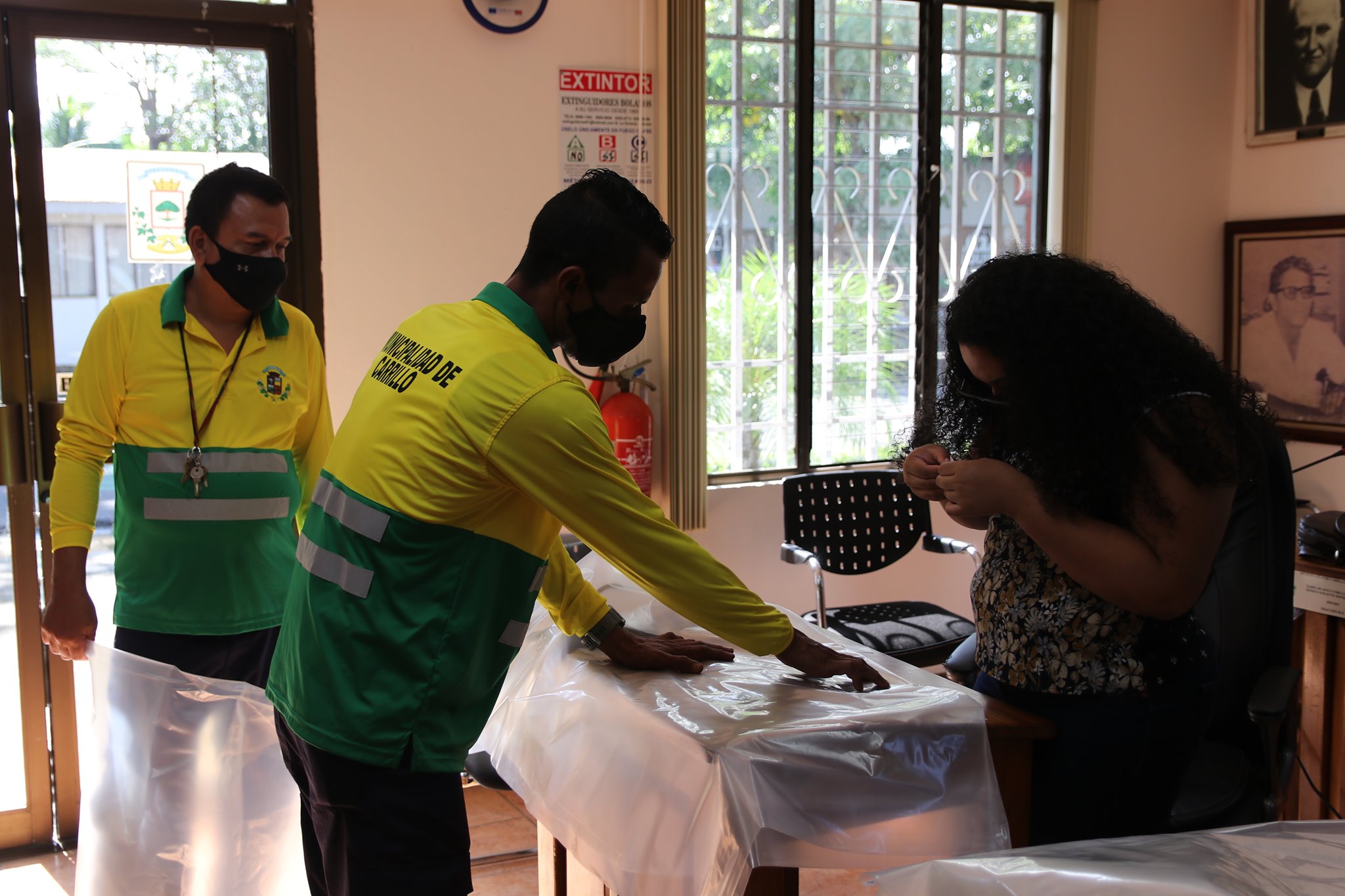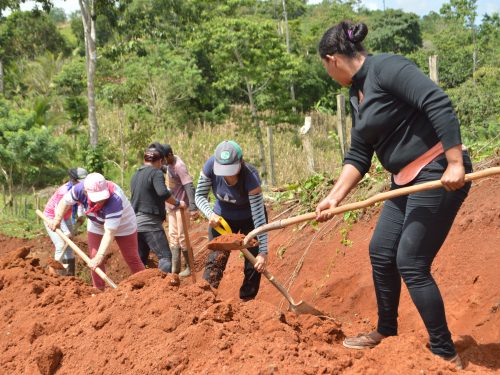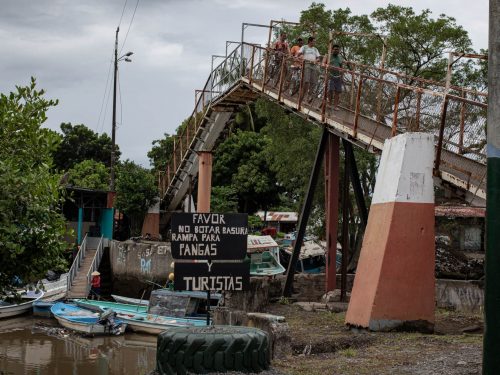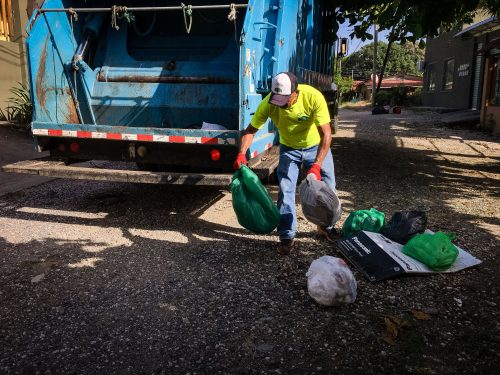
The Municipality of Carrillo conducted a study to determine what types of garbage are thrown away by residences and businesses in Filadelfia’s central district.
According to the analysis of 2,497 kilos (5,505 pounds) of garbage from 102 homes and 67 businesses, the vast majority of the garbage could be recycled or used as compost: 62% of business garbage and 61% of residential garbage.
“It was a pilot study that we intend to do in other districts,” said the coordinator of the municipal environmental management department, Henry Abarca, adding that the results will allow the local government to improve the garbage collection service provided, which he said currently covers 95% of the population.
In fact, the Integral Management of Solid Waste Law takes into account the local government’s responsibility to classify, quantify and characterize waste. However, few in the country have developed studies like this one. The canton of Guacimo has, but none of the others in Guanacaste have done it.
“The municipality has been working blindly on waste management issues,” explained Marlen Berrocal, an environmental engineering student at the National Technical University (UTN- Universidad Técnica Nacional). She and her classmate, Rosalina Mata, supported the municipality in conducting the study.
Based on the study, the municipality can make decisions, such as differentiated routes for recoverable waste, buying trucks and doing composting projects,” she commented.
Abarca said that it’s now up to the mayor, Carlos Cantillo, to make decisions to implement improvements according to the study’s results.
Willingness to Change
The project also included interviews with business representatives and household residents, which allowed the local government to identify that there is an interest in separating garbage.
However, the Municipality of Carrillo doesn’t have recycling collection routes. Currently, according to Abarca, those who do separate recoverable waste take it to private recycling centers.
That would be one of the main measures to implement, according to the study’s conclusions.
As a citizen, you can have the best intentions and practices, but part of the responsibility belongs to the municipality, which is the one failing to do that in this case,” pointed out Berrocal, a UTN student.
Another finding was that 78% of the people surveyed rated the service provided by the local government as good or excellent. According to Abarca, others pointed out the need for more regularity in the service and for greater cleanliness when collecting it.
Methodology
To conduct the study, the local government calculated which businesses and residential areas should participate. Once this was determined, they visited them, explained the project and gave them a bag labeled with a code that they also placed on the front of the building.
Once they collected the garbage, they took the labeled bags to the collection center, where they went through them and classified them.
Meanwhile, they used the KoBoToolbox app to load information in real time from the interviews that they also conducted with participants, with the home or business code and the location coordinates. “That helped us because we didn’t waste time in analysis,” Abarca commented.
If you want to read the full study, click here (in English).







Comments